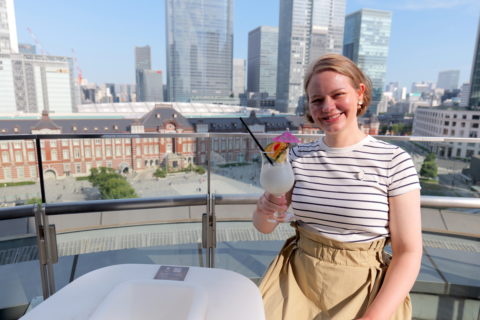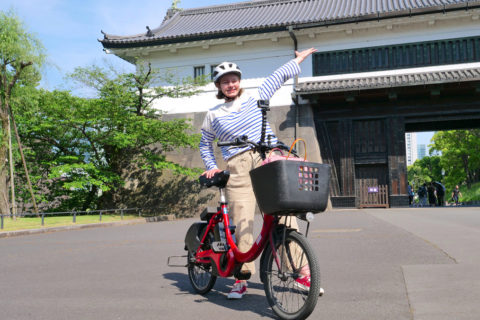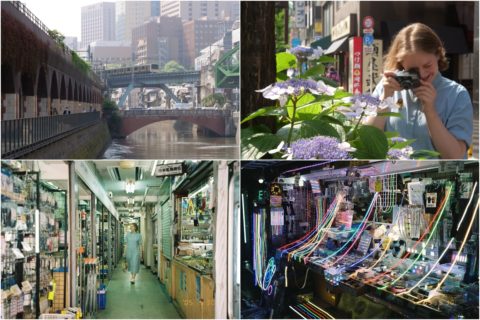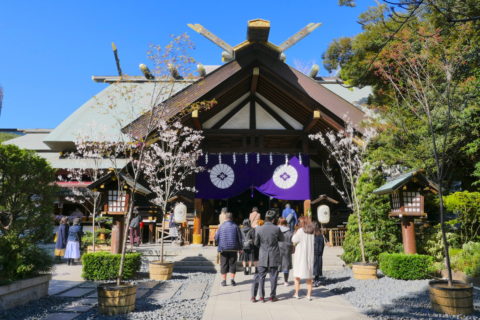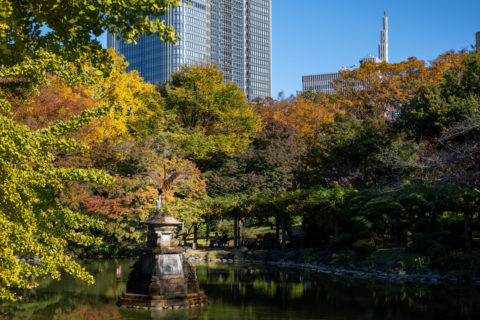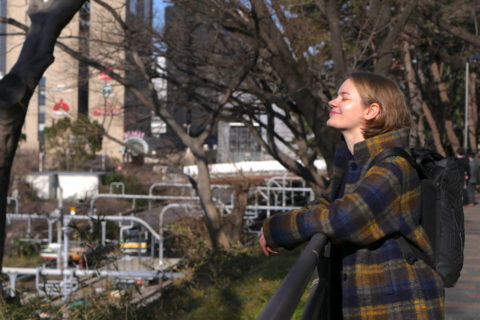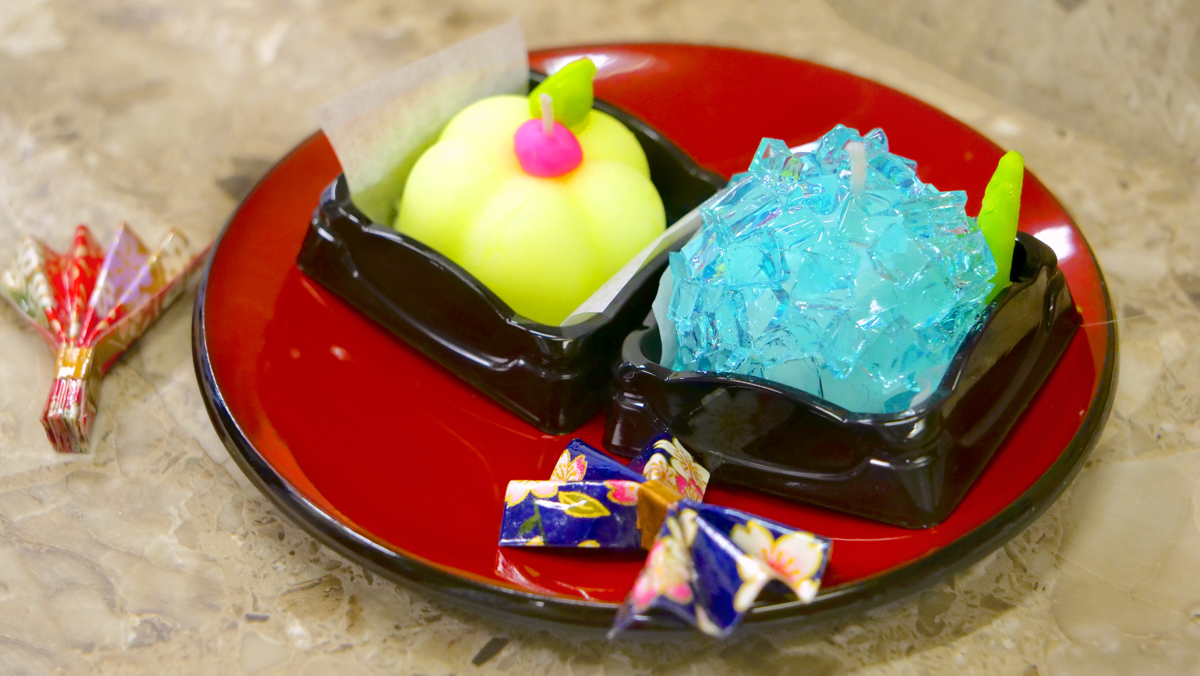
Tokyo has a lot of fun, memorable activities you can try out without having to leave the city. This time, we joined a candle workshop near Ichigaya station, where we made cute-looking aroma candles with a beautiful scent.
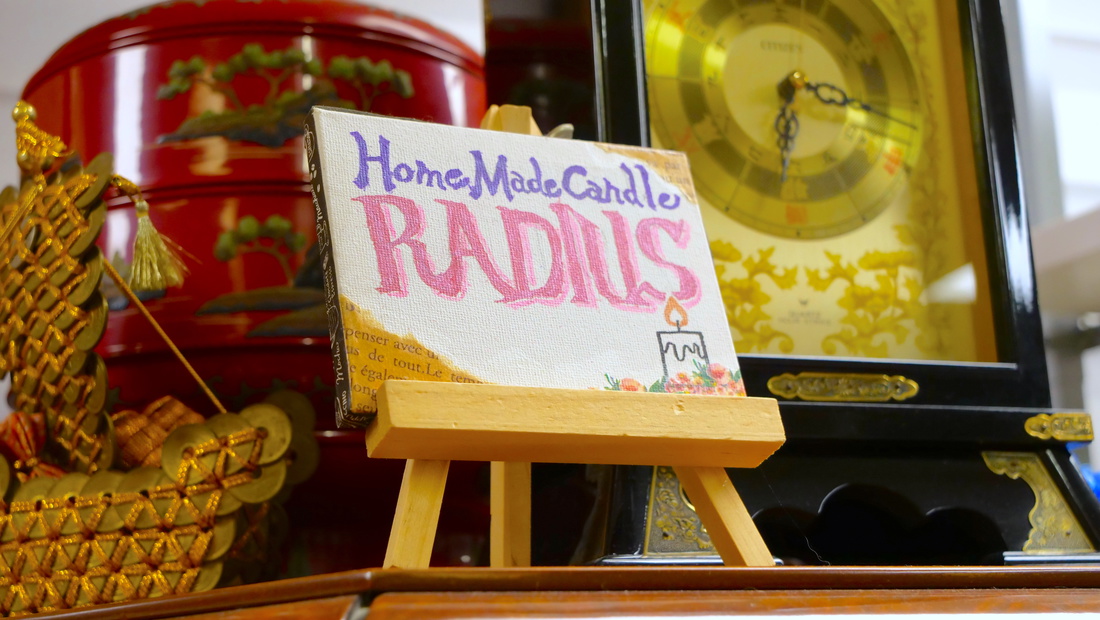
When joining a candle workshop at the candle school “RADIUS”, you learn how to make candles from scratch. Just choose the type of candle you want to create out of several options and the teacher will instruct you how to make candles while showing each step. Great for candle beginners!
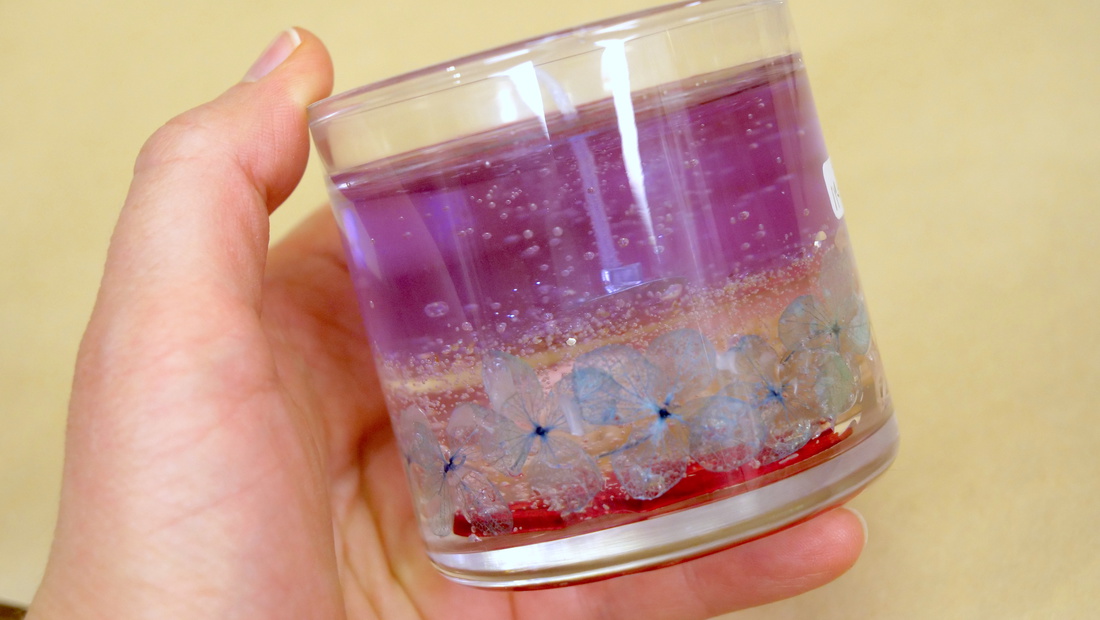
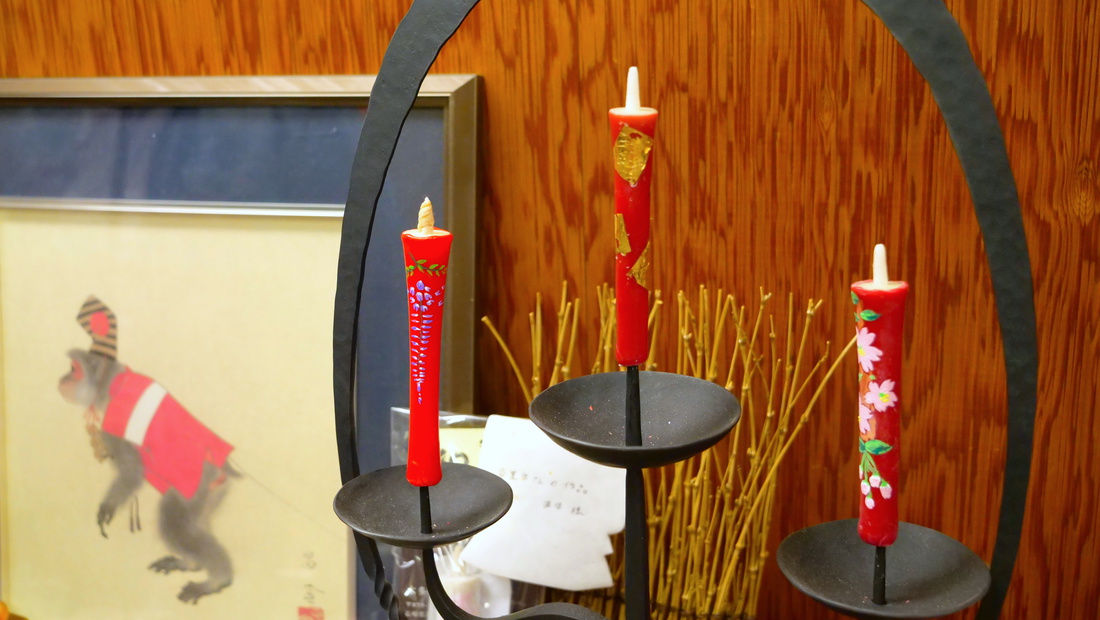
Out of the many options, I decided to make “Japanese sweets candles” (wagashi kyandoru), a new class that just started this spring. The sample candles look just like the real thing!
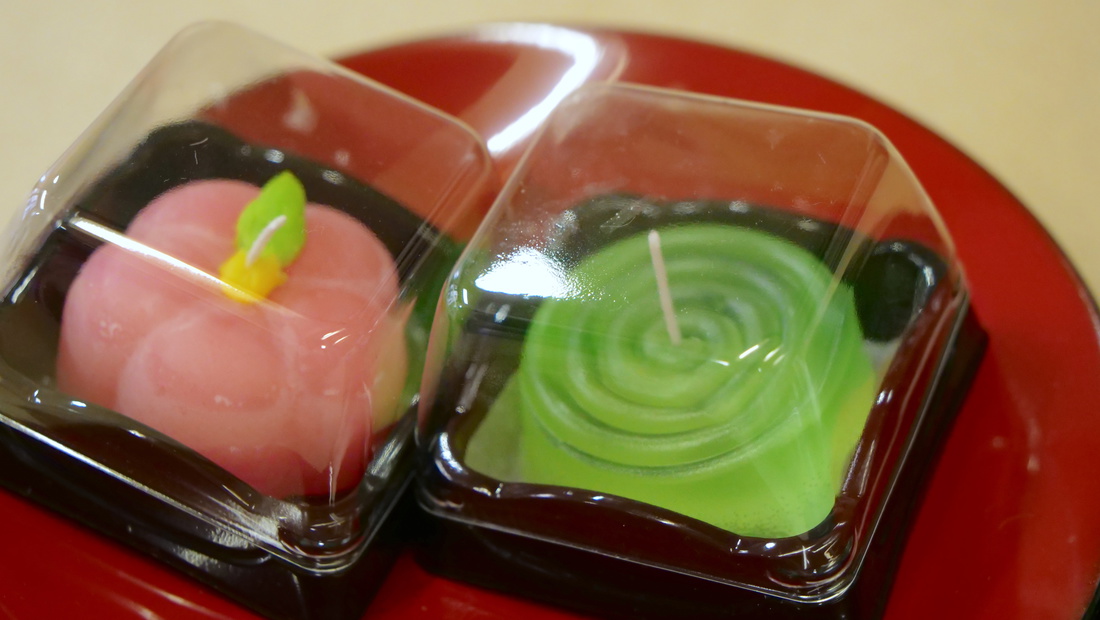
You might have spotted stationary or phone accessories with cake or other sweets designs at shops throughout Tokyo. Creating small items looking like food is part of Japanese “kawaii” (= cute) culture. This candle school offers you the chance to learn how to make a kawaii candle yourself.
First, select the shape or sweets type you want to make.
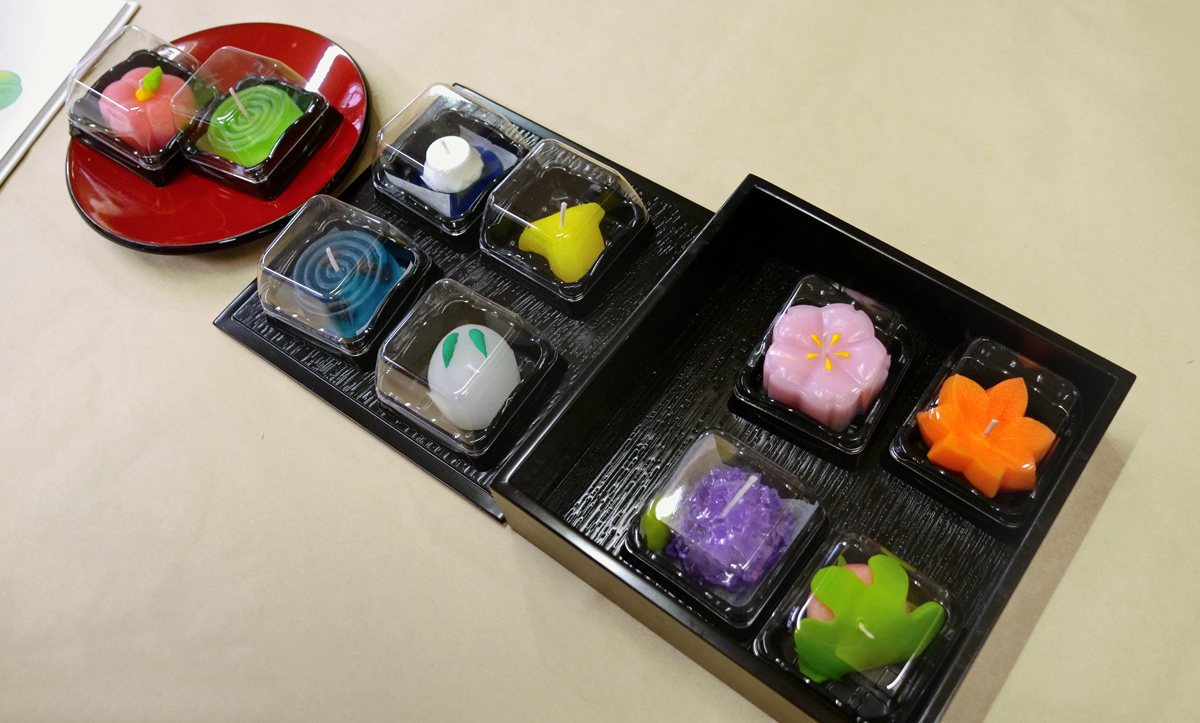
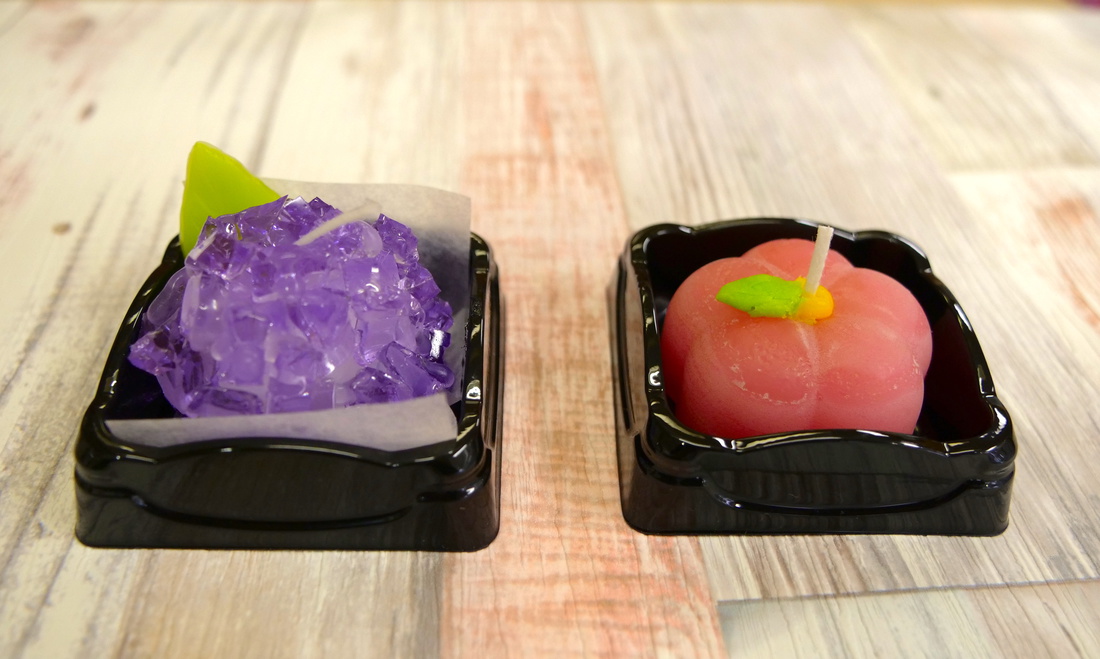
After deciding the shape, choose the aroma for the candle. All RADIUS candles are made using aroma oils. So if you like your candle scented, you can choose your favorite fragrance from more than 30 kinds of aroma oils.
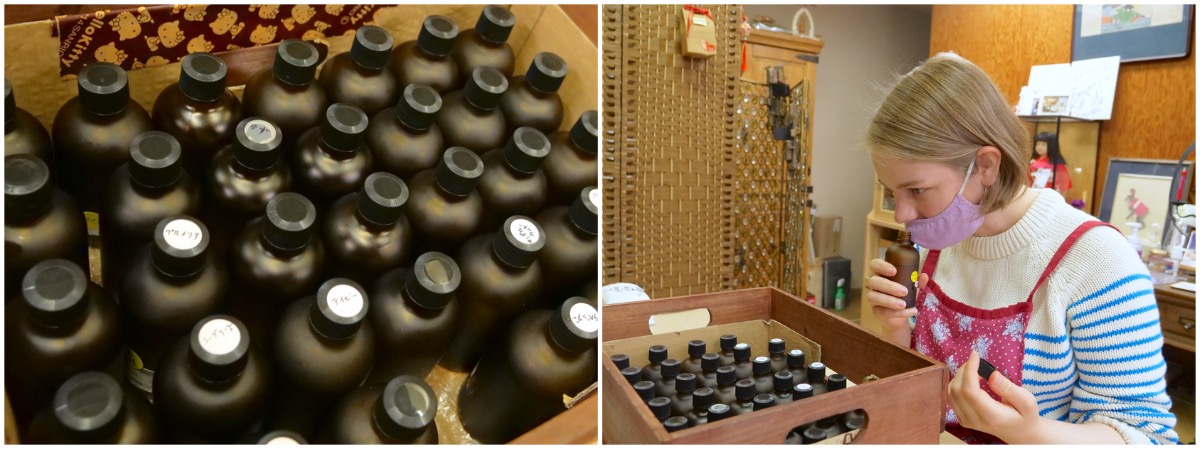
While the wax is slowly melting on a portable cooker, choose the colors you want to use.
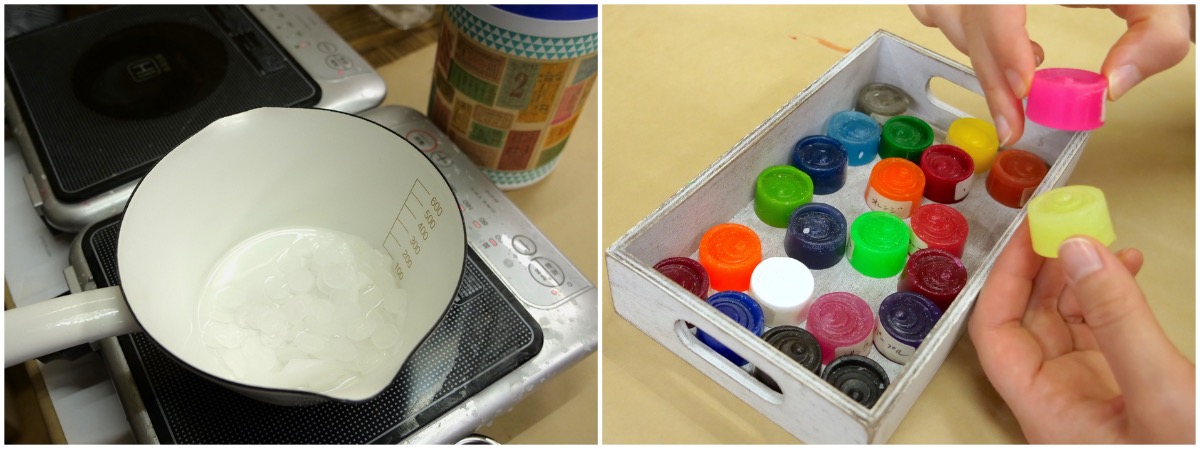
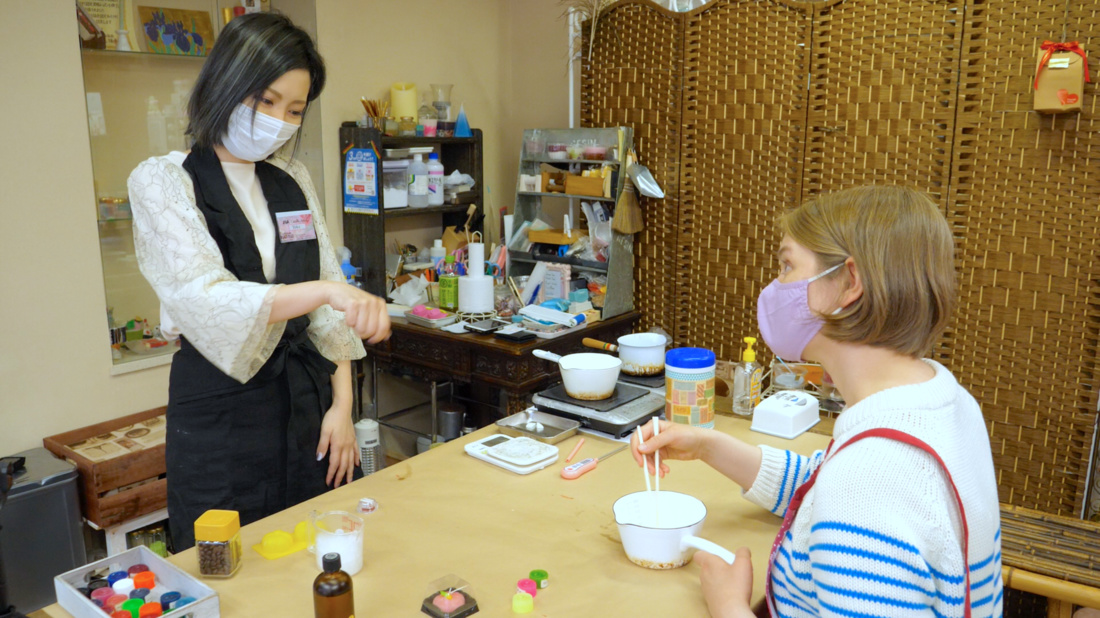
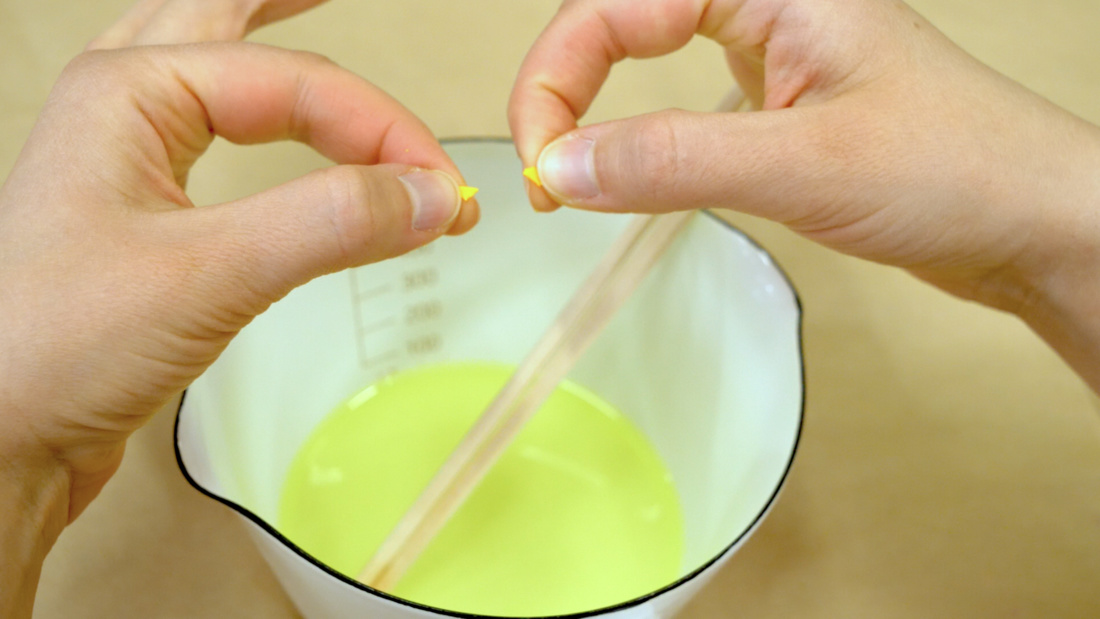
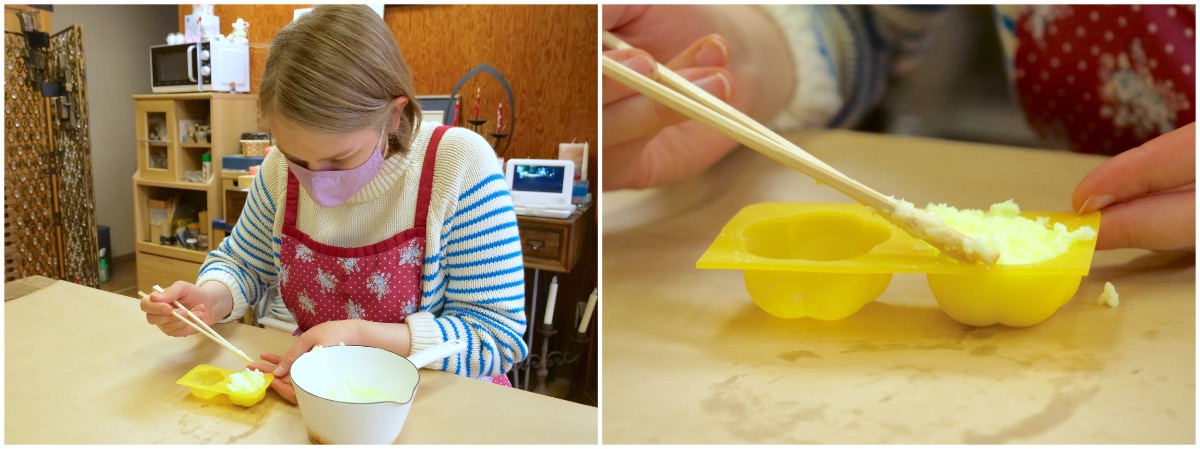
The last step of pouring the wax into a mold was surprisingly difficult. The wax quickly began to thicken and I was a little nervous if it would become the shape of a beautiful flower.

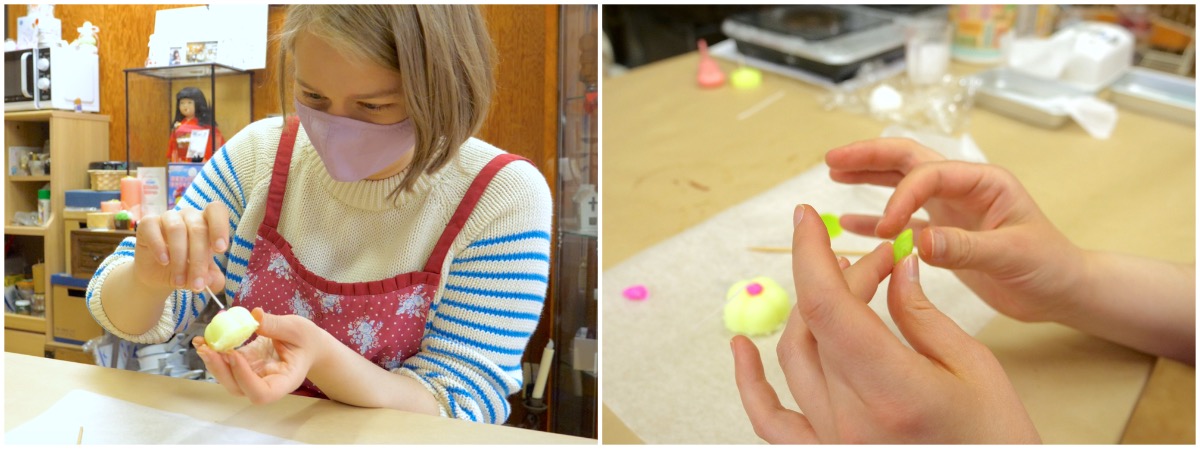
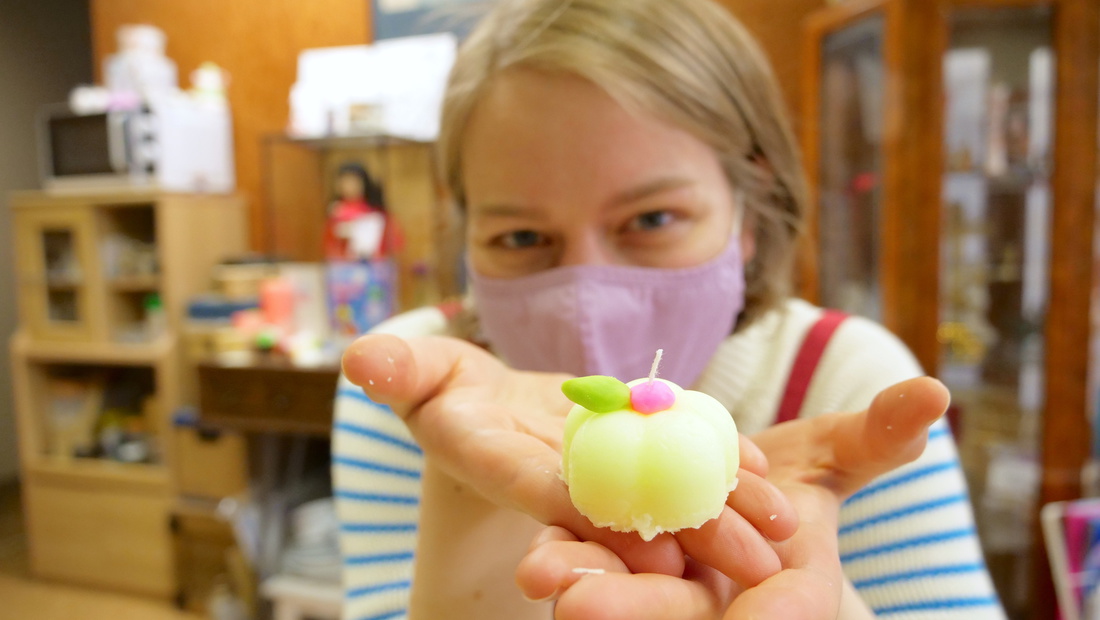
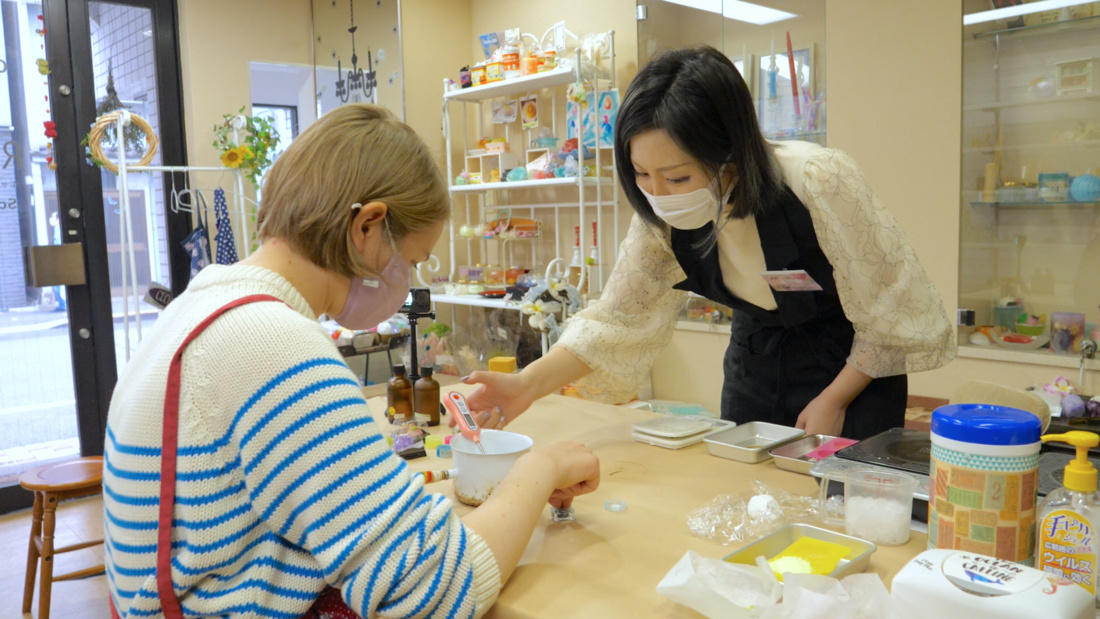
Next, I made a candle in the shape of a hydrangea, which is a flower representing the rainy season in Japan. Like the first candle, you have to melt the wax, but this time was even more difficult. To built the candle, two types of wax were used: a hard core and jelly-like wax for decorations. Cut the jelly was with scissors and carefully attach it to the base.
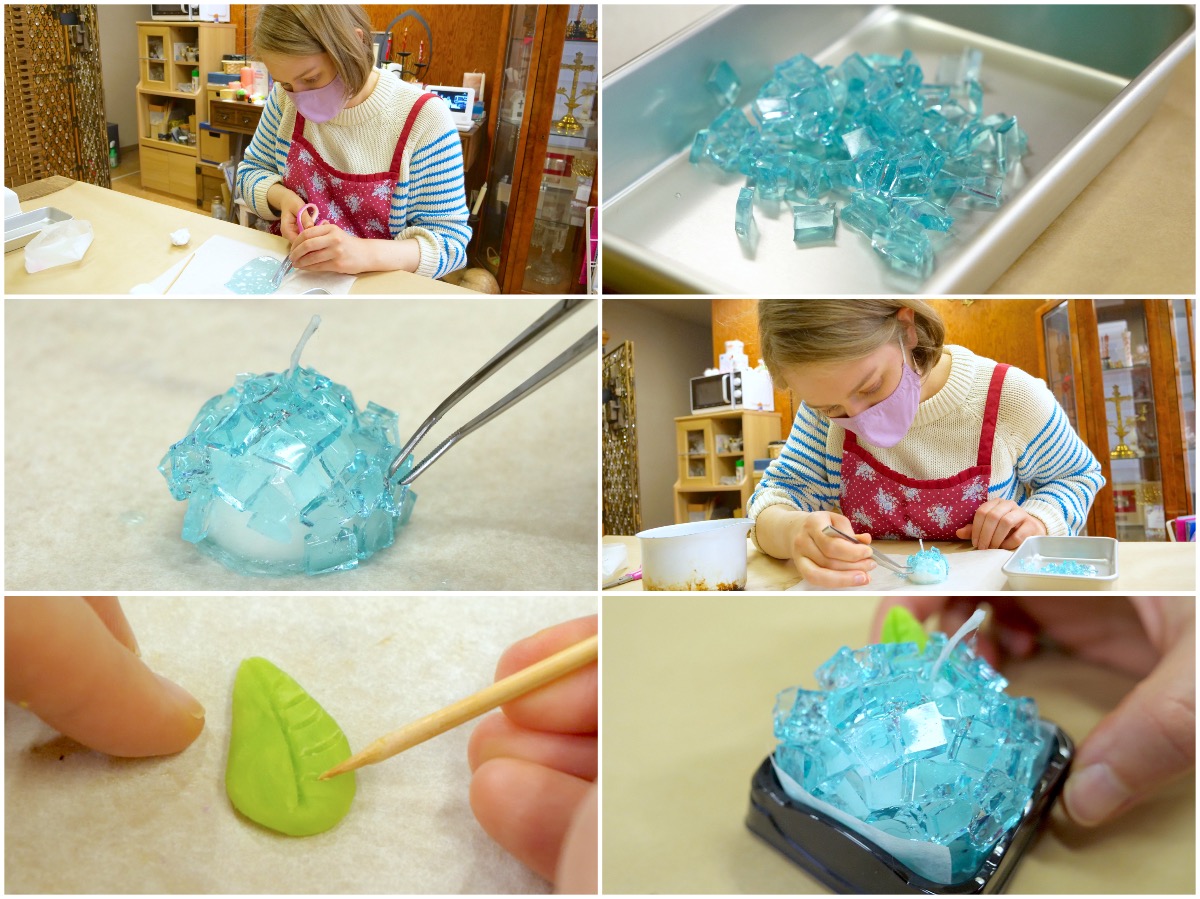
I somehow managed to build my “hydrangea candle”.
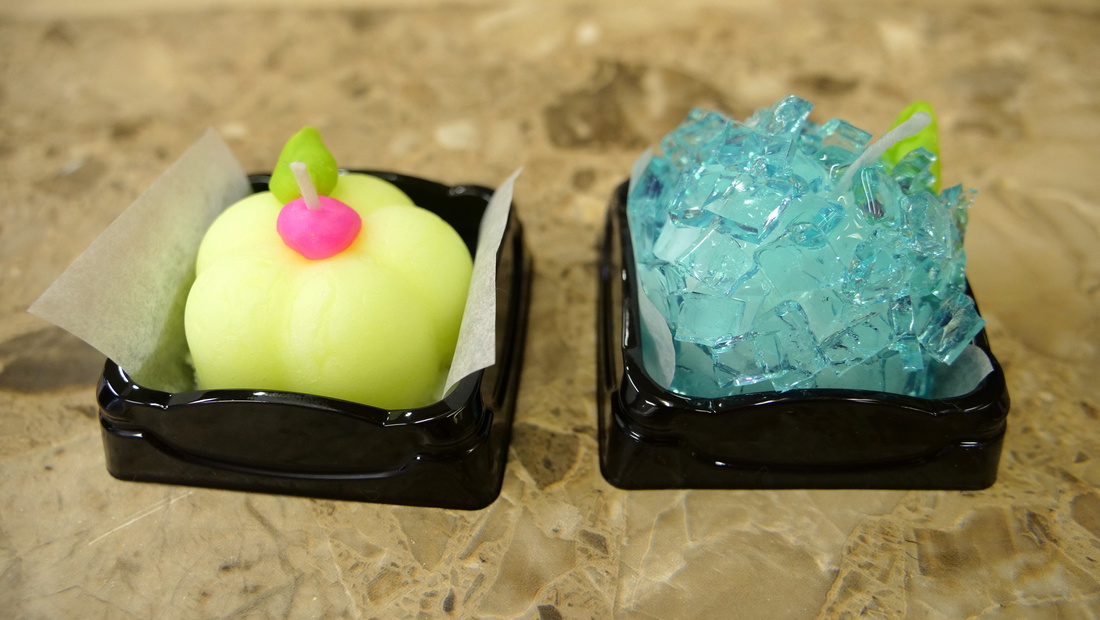
These are my two “Japanese sweets candles” in my favorite colors using the scent I chose. They were so much fun to make and turned out quite nice. So I think I will decorate them in my room for a while before actually using them as a candle.
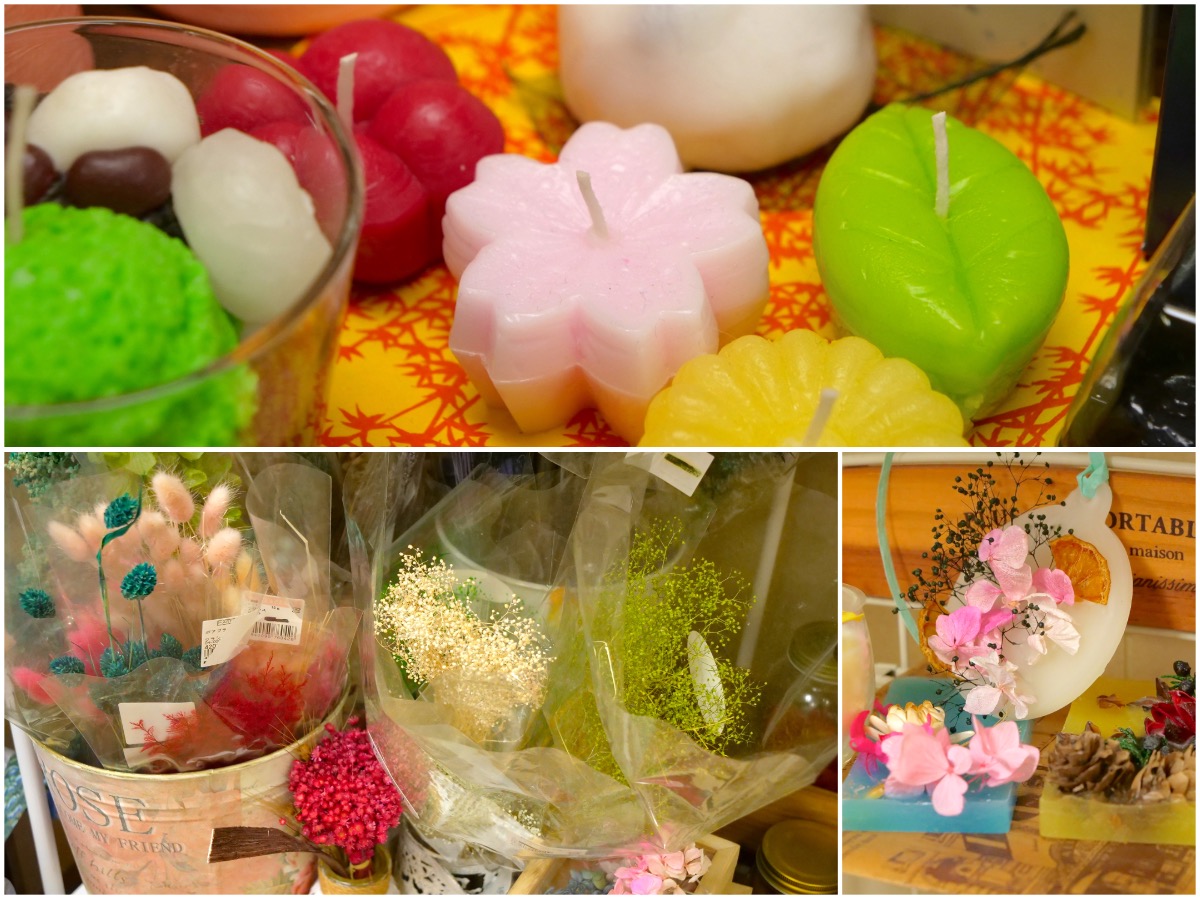
Participating in a candle experience lesson with friends and family is surely an unforgettable memory. Of course, you can give the candles you made to your loved ones as a gift, but I thought it might be actually nice to make the “candle experience” itself a gift and invite a friend to join you. You’ll have a lot of fun for sure!
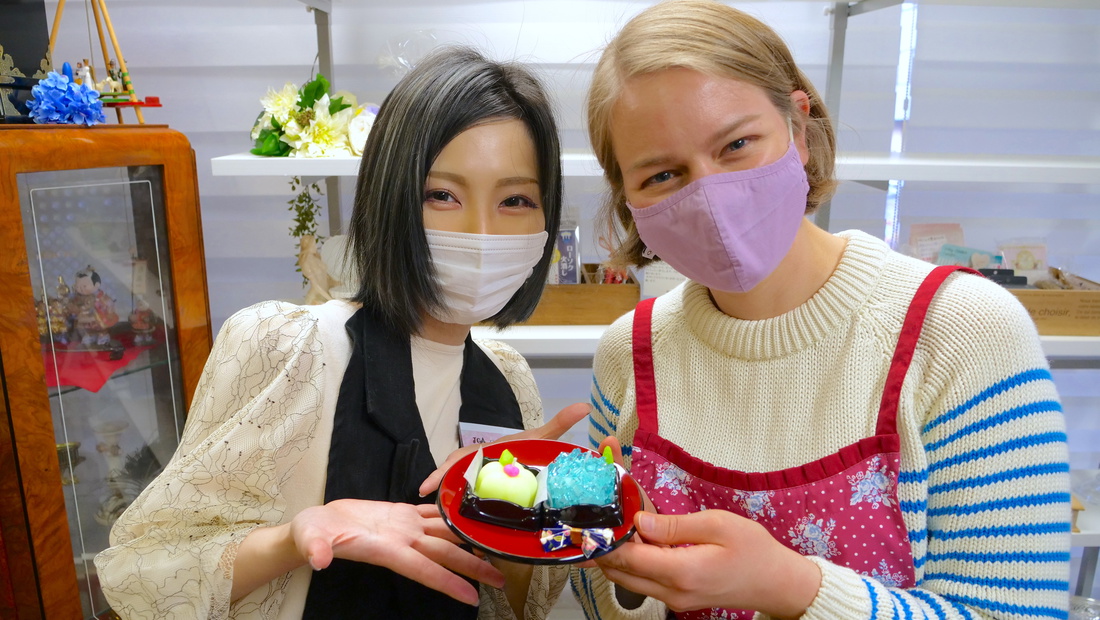
Candle Studio RADIUS
https://www.candle-radius.com
Nikko Palace Sanbancho 4th floor, 30-6 Sanbancho, Chiyoda-ku (from August 23th 2021)
Google Maps: https://goo.gl/maps/oUnmBJyN1LkwEsyS6
Reservation site: https://www.asoview.com/item/activity/pln3000014452/
Nearest stations: Ichigaya Station, Hanzomon Station, Kudanshita Station
* The lesson fee has to be paid in cash on the day of the lesson.
* From February 29, 2020, as a response to the spread of Covid-19, only one group (up to two people) is allowed to join a lesson at the same time.


